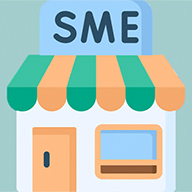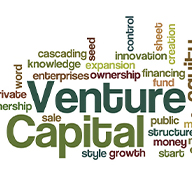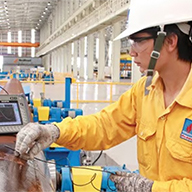Online Marketplace – Revolution from Traditional Market to Online Networking Platform

Ecommerce
98 week ago — 4 min read
Thousands of years ago, when people started trading, marketplaces were formed and became an indispensable part of every culture. From simple activities of exchanging goods and services at traditional stalls, the marketplace has evolved into an online networking platform, where billions of dollars can be transacted after one mouse click. Do you know how has the process of exchanging, buying and selling goods and services changed? Let's find out with GroBanc through the below article!
From the very first traditional marketplaces…
According to archaeologists, the marketplace appeared as soon as people began to exchange goods. A marketplace is where people gather to buy and sell food, livestock and other goods. Marketplaces often take place sporadically and spontaneously in each local area.
One of the earliest markets was recorded in Babylon, Persia, and later in the Middle East and Europe. From the early records in the 11th century, spontaneous markets in Europe were gradually replaced by official markets, with regulations in the 12th century. Having been built in the 15th century, the Grand Bazaar in Istanbul (Turkey) is recognized as one of the first commercial centres in the world spanning more than 60 streets with more than 4000 stalls.
In the 19th century, when traffic and communication developed, along with the increasing needs of people, trading activities became more dynamic. The delivery of goods by rail and sea and the influence of the industrial revolution facilitated the trade of sellers and buyers on a global scale. However, it was the development of information technology at the end of the 20th century that led to a new definition of where sellers and buyers transact - e-commerce platforms.
...to the e-commerce platform - the trend for the present and the future
E-commerce platforms are online marketplaces, that connect sellers and buyers, with transactions that can be done anywhere in the world via the internet. No longer having to go directly to the stalls in the traditional market or be subject to geographical barriers, operating time, etc., buyers can purchase goods with just one mouse click or a few taps on the phone, and sellers can serve thousands of buyers at once.
Founded in 1969, CompuServe is known as the first e-commerce platform. Over the past two decades, the world has witnessed the explosion of the Internet, leading to the appearance of "big guys" such as Amazon (1995), Paypal (1998), Alibaba (1999), Shopify (2004), etc. These e-commerce platforms have completely changed the way the economy works, especially in the context of the Covid-19 epidemic. In 2021, e-commerce is estimated to generate $5.2 million billion in sales and is expected to exceed $7 million billion by 2025. With more than 5 billion internet users worldwide, trends in connectivity and consumer behaviour on online platforms are promised to explode in the near future.
The development of e-commerce, also known as online marketplaces, led to a change in the business model of not only B2C businesses but also B2B businesses. Suppliers today can choose to do business in the traditional form, completely online-based, or combine distribution of both online and offline channels. However, to keep pace with the development of technology and the economy, business owners need to have appropriate strategies to maximize their competitive advantage in this digital era.
As a B2B networking platform, GroBanc provides a B2B marketplace where SMEs can find customers and explore new business opportunities. In addition, GroBanc also provides productivity software, helping businesses to digitally transform and operate more efficiently.
GroBanc – The Finance and Growth Hub for SMEs
Source: Multi sources
View Linh 's profile
Most read this week
Trending
Get Efficient at Taking Decisions
Lãnh đạo & Quản lý 15 week ago
The Art & Science of People Pleasing in Retail
Bán lẻ 18 week ago
Khởi nghiệp 18 week ago















Comments
Share this content
Please login or Register to join the discussion